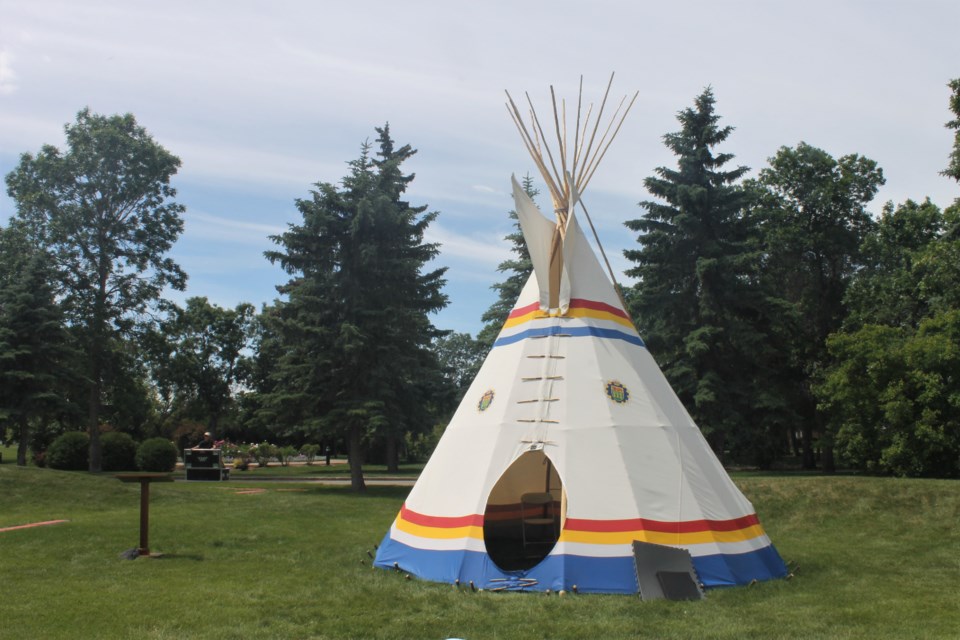The residential schools operated in Canada for more than a century. The Canadian Government estimates about 150,000 children were removed from their families. It is also estimated that approximately 20 federal residential schools operated in Saskatchewan from the 1880s into the 1990s.
A federal class-action suit was filed and in 2007, the Residential School Settlement Agreement began to rebuild a new future of hope and love. One of the elements of this agreement was to create the Truth and Reconciliation Commission of Canada (TRC).
The TRC created a historical record of the residential school systems. As part of this process, the Government of Canada provided over 5 million records to the TRC. The National Centre for Truth and Reconciliation at the University of Manitoba now houses all of these historical documents.
The TRC spent 6 years travelling throughout Canada and heard from more than 6,500 witnesses. The TRC also hosted 7 national events across Canada to engage the Canadian public, educate people about the history and legacy of the residential school systems, and share and acknowledge the experiences of former students and their families.
One of TRC’s report recommendations is a call to action in creating a public monument as a place of healing and a gathering point for the indigenous survivors, family and friends. The site is going to be located at Government House in Regina.
September 30th was proclaimed the Day for Truth and Reconciliation in Saskatchewan. "It has been an honour for me to speak with survivors and their families," Lieutenant Governor Russ Mirasty said. "The Memorial will acknowledge the pain, as well as the resilience of all those impacted by the Residential School system in our province."
The Government of Saskatchewan and the Office of the Lieutenant Governor of Saskatchewan together unveiled the design.
The memorial will be circular, symbolizing the cycles of the seasons and of life. At the centre of the memorial, a large natural stone depicts the province and the locations of each former Residential School. The stone will face east, toward the sunrise, signifying hope. A smudge bowl will be installed in front of the stone for ceremonial purposes. The site will include benches made from reclaimed elm wood, sourced from Wascana Centre and Government House and milled by the Provincial Capital Commission. It will also include Saskatchewan native plants and trees which will be installed throughout the design.
"This memorial serves to pay respect to a tragic chapter in the history of our province, and honour those whose lives were lost in Residential Schools, the survivors and their families," Premier Scott Moe said. "The Residential School Memorial Site invites reflection, education and most importantly, healing and reconciliation."
To read the TRC reports, please go to: https://nctr.ca/records/reports/
For the residential school settlement agreement: https://www.residentialschoolsettlement.ca/settlement.html




